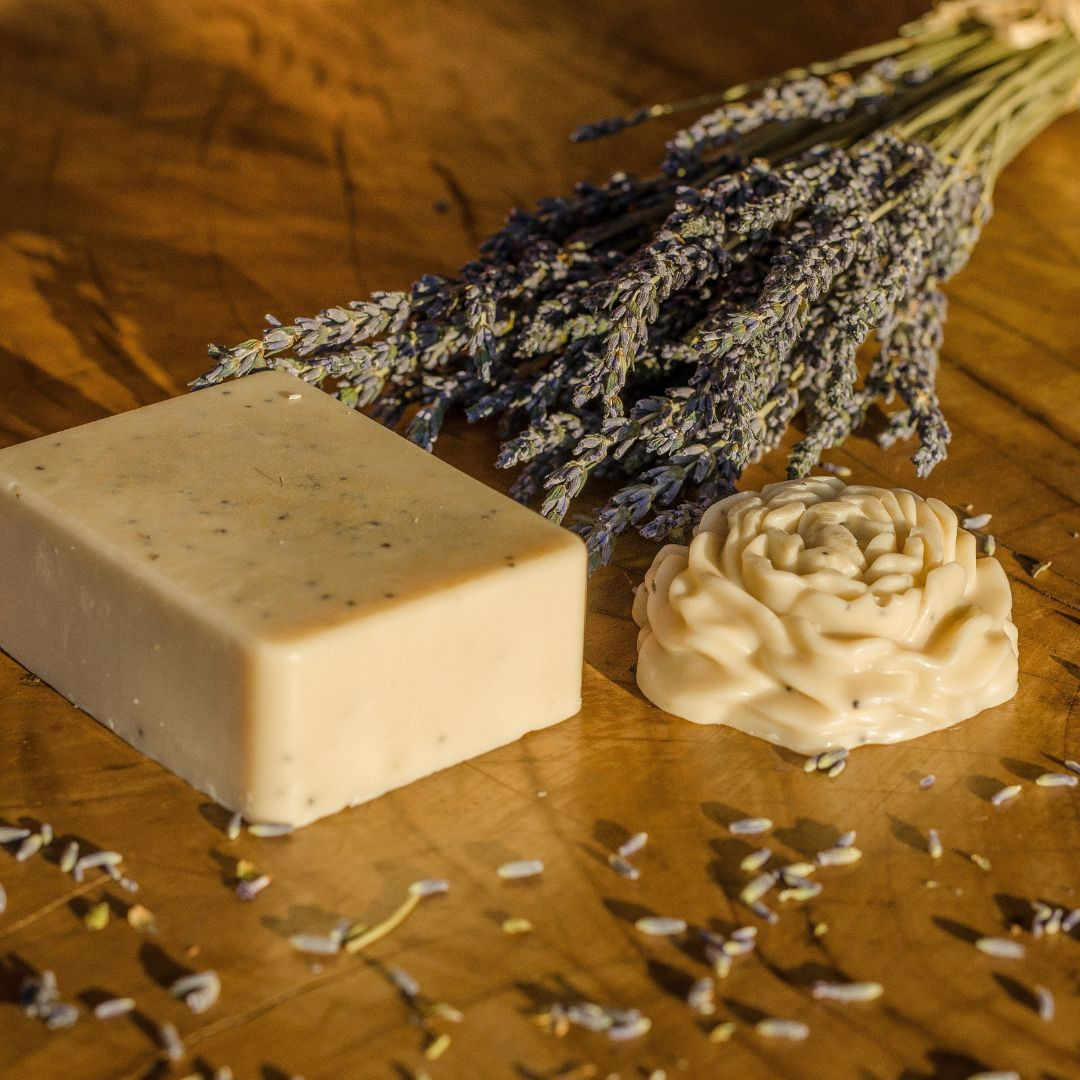
This post may contain affiliate links, which means that I may receive a commission if you make a purchase using these links, with NO additional cost to you.
When you hear the word "tallow," what comes to mind? Most people probably don't think much about it, but it's actually a secret ingredient that you don't want to overlook. Tallow is rendered beef fat that can be turned into a variety of useful products, including household soap. Making your own soap from tallow is not only a cost-effective option, but it also ensures that you're not exposing your family to unnecessary toxins and chemicals found in commercial soaps. In this blog post, we'll dive deeper into the benefits of tallow soap and share a favorite recipe for you to try at home.
Benefits of Tallow Soap
First things first, why use tallow for soap? Tallow is an excellent source of nourishing fats that can benefit your skin and hair. It contains a high percentage of oleic acid, which is known for its moisturizing properties. In fact, tallow soap has been used for centuries to soothe dry and sensitive skin. Additionally, because tallow is a byproduct of the meat industry, using it for soap-making is a sustainable option that reduces waste.
How to Make Your Own Soap
Now that you know the benefits of using tallow for soap, let's dive into the recipe. This recipe I modified from Jill of the Prairie Homestead and is simple enough for beginners to try. Here are the ingredients you'll need:
30 oz tallow
3.88 oz 100% lye
11 oz distilled water
You will also need a stainless-steel pot, glass bowls, a soap form (can be a parchment lined cardboard box), and immersion blender. Anything the lye touches keep separately dedicated to soap from here out.
1. To make the soap, start by melting the tallow in a stainless-steel pot on medium heat.
2. While waiting, line your molds with parchment paper. If using silicone mold, skip this step.
3. Once nearly melted, put on safety glasses and gloves. Carefully measure the lye and water in separate bowls, yes, it is important to be exact here.
In an area with good ventilation, (not the basement next to an open window), carefully stir the lye into the measured water. Under the oven vent works well here.
Stir the lye/water mixture until it dissolved and let it sit for a few minutes. The water will become very hot due to the chemical reaction between the lye and water. Be careful when handling the container.
4. Place the melted tallow in a heat tolerant glass or ceramic or stainless steel bowl. Slowly stir the lye/water mixture in.
5. Using an immersion blender (it makes the process so much faster and doesn’t need to be a good powerful one), blend the tallow, lye, and water until you reach trace.
Trace looks like pudding forming and can take 3-10 minutes with an immersion blender.
6. Pour tallow mixture into forms and allow to rest for 24 hours.
7. 24-48 hours later cut the soap into bars. If you don’t like your fingers to tingle, wear gloves. The lye is still active.
8. Cure for 3 weeks. The lye will be completely gone by then and safe to use.
Using Tallow Soap
Now that you have your very own batch of tallow soap, how can you use it? The beauty of this soap is that it's versatile and can be used for a variety of purposes, such as doing the dishes, washing your body, washing your hands, and even washing your hair. It's important to note that because tallow is such a rich source of nutrients, you may not even need to use as much soap as you normally would. Hot water to rinse is key.
Where to Get Tallow
If you're interested in making tallow soap, the next question on your mind is probably where to get tallow. The easiest option is to ask your local butcher or farmer for beef fat trimmings. You will have to render it down yourself. You can find those directions here. Alternatively, you can also purchase tallow on our family farm’s online store here.
In conclusion, tallow may seem like an obscure ingredient, but it's actually a versatile and sustainable option for making your own soap. Not only is it cost-effective and eco-friendly, but it can also nourish your skin and hair with its high percentage of oleic acid. If you're looking for a fun DIY project that will benefit your family's health, give tallow soap-making a try!
As I've grown in my journey as an entrepreneur, mom, gardener, and livestock owner, I struggled to find a planner that met my needs and kept me organized. So, I MADE MY OWN. You can look at it on the link below and buy it on amazon below.
Don't want the whole calendar part? I got you! I pulled the gardening and animal care pages out and put them in a book all their own.
Wanting a community to lean into? Join the FREE Farm Loss Support for the Farm Wife group! This group is for support and helping each other to move forward. This group is NOT for venting, bashing, or wallowing in pity. My goal is to help others who have been where I was looking at losing the farm or losing the farm and wanting somewhere to talk where people would understand.
This is NOT for staying stuck in the trenches. It IS for moving forward in life, with purpose and sanity.
Starting to garden doesn't have to be hard! I gathered all the tips I've learned over my gardening learning curve and made them into a simple course to jump start your gardening your life.
Supporting Your Family Naturally from the Inside Out community!! This community is for Mommas, looking to Support Your Family from Nature for Wellness. Tips range from nutrition, herbals, detoxing, natural cleaning, and essential oils. Basically, all the things I’ve learned slowly over the past 5+ years of my journey. We have moved off Facebook, to better serve our community and be able to discuss openly options for providing for your family in the best way possible.
Join the FREE Community
Join the FREE Community
I've had 3 very different pregnancies. After the first traumatic birth, I learned better and how to care for my body naturally and prevent common pregnancy and birth problems before they arise. This quick course will get you the tools you need to have a naturally healthy pregnancy, labor, and delivery. My first pregnancy I had a normal western medicine all the things pregnancy. My second? I flipped to completely natural, no medicine. Bonus: Preventing Preeclampsia Without the Aspirin & Healing from Birth Trauma
For more on wellness tips click here:
For more on homesteading on your budget click here:

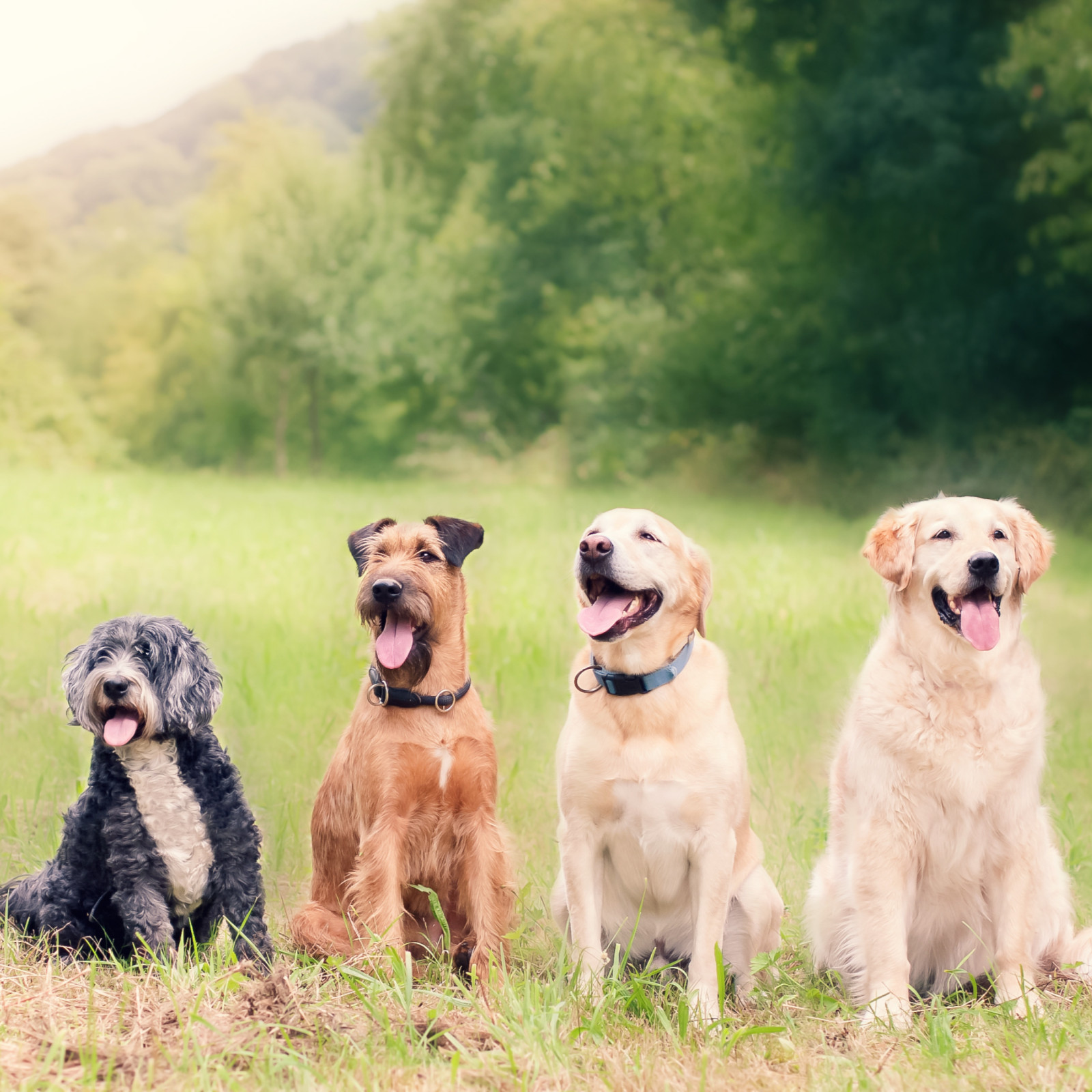
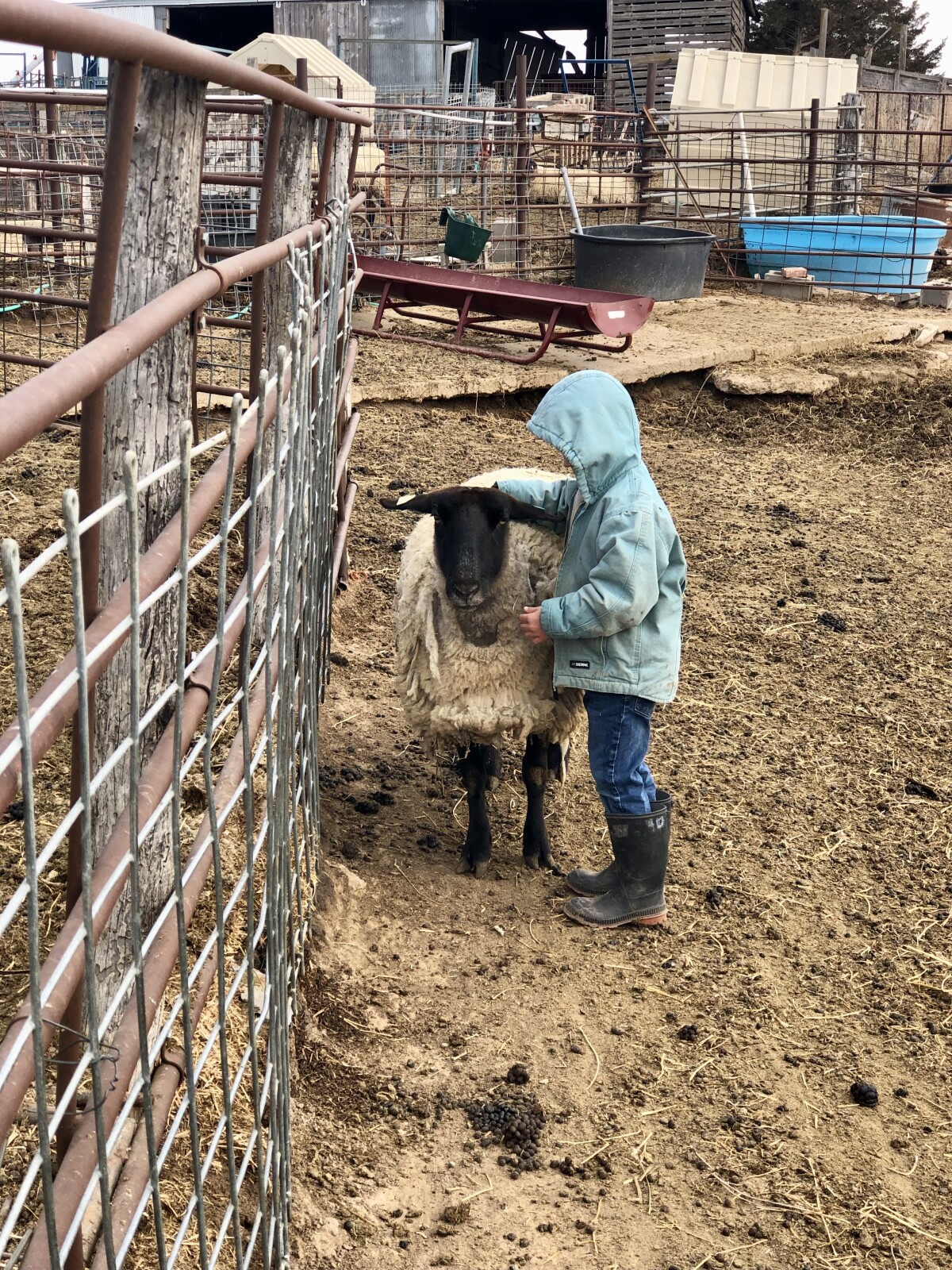
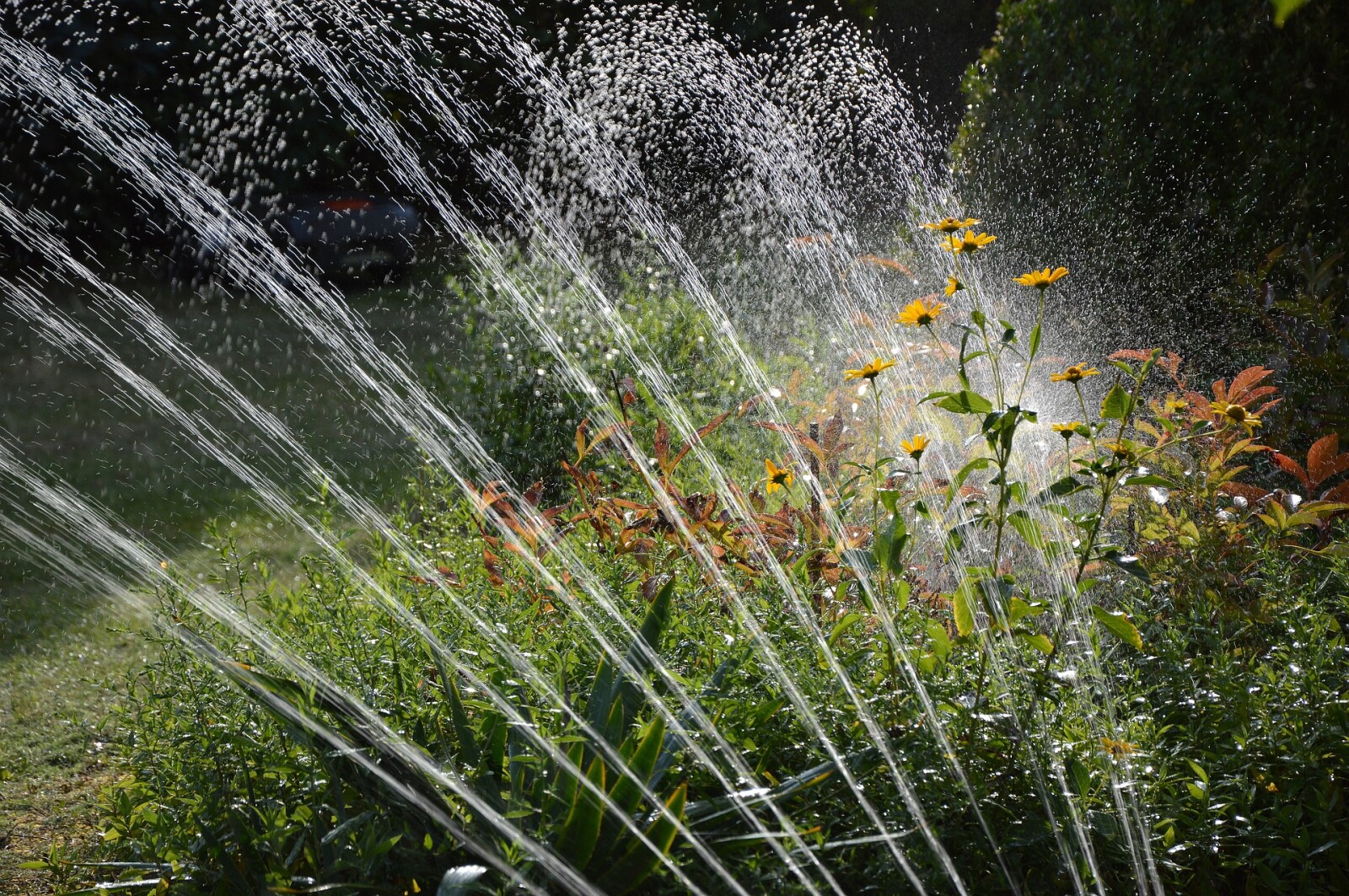
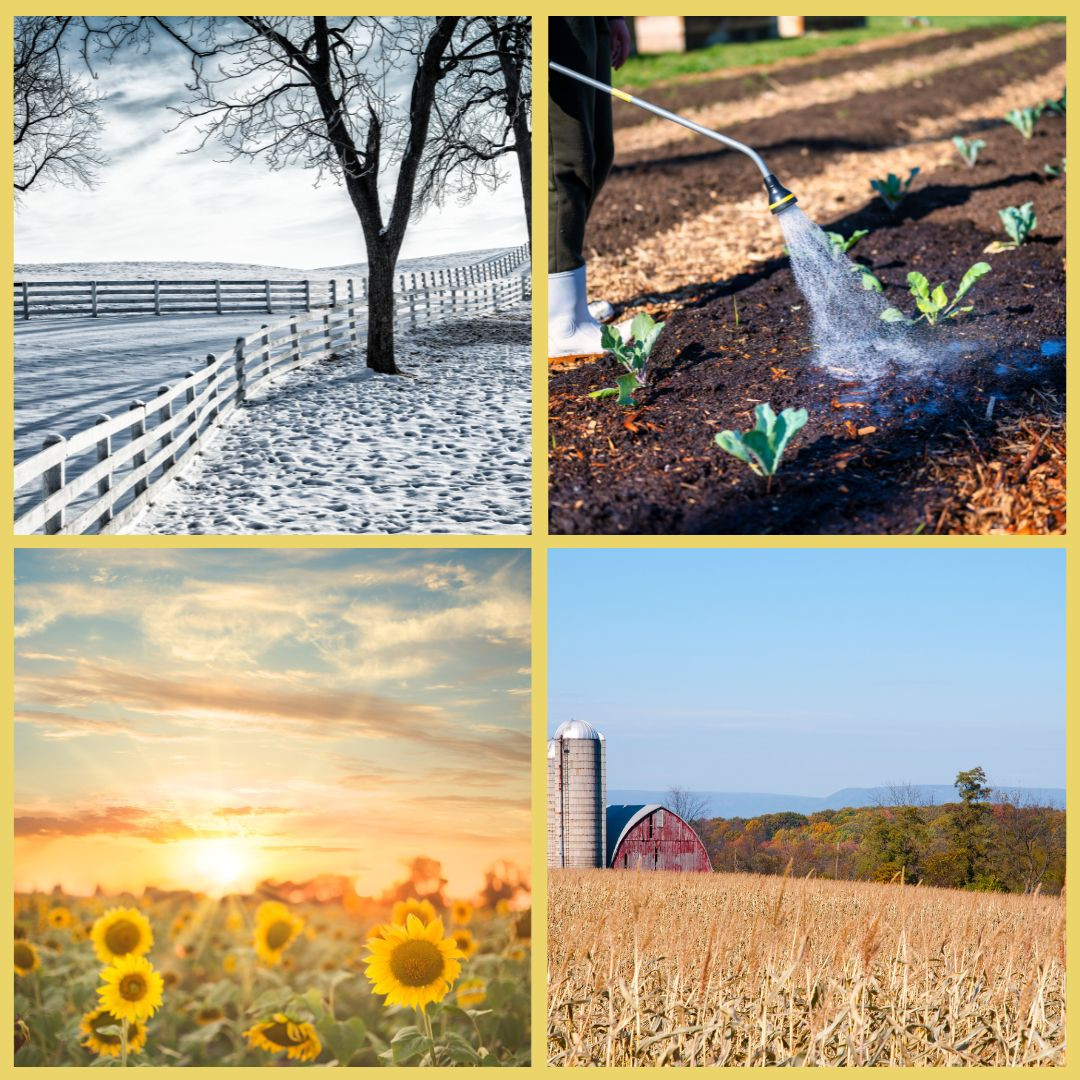
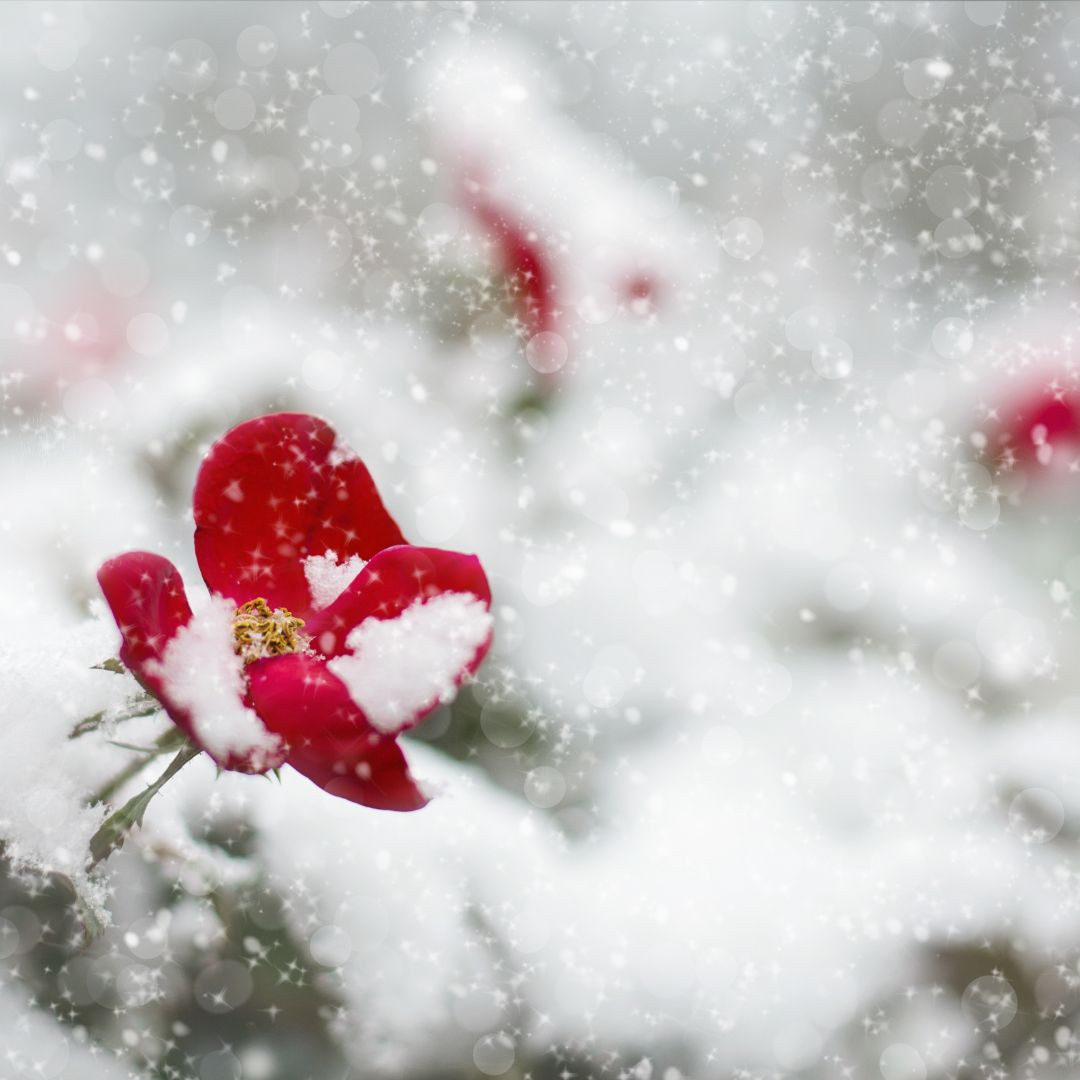

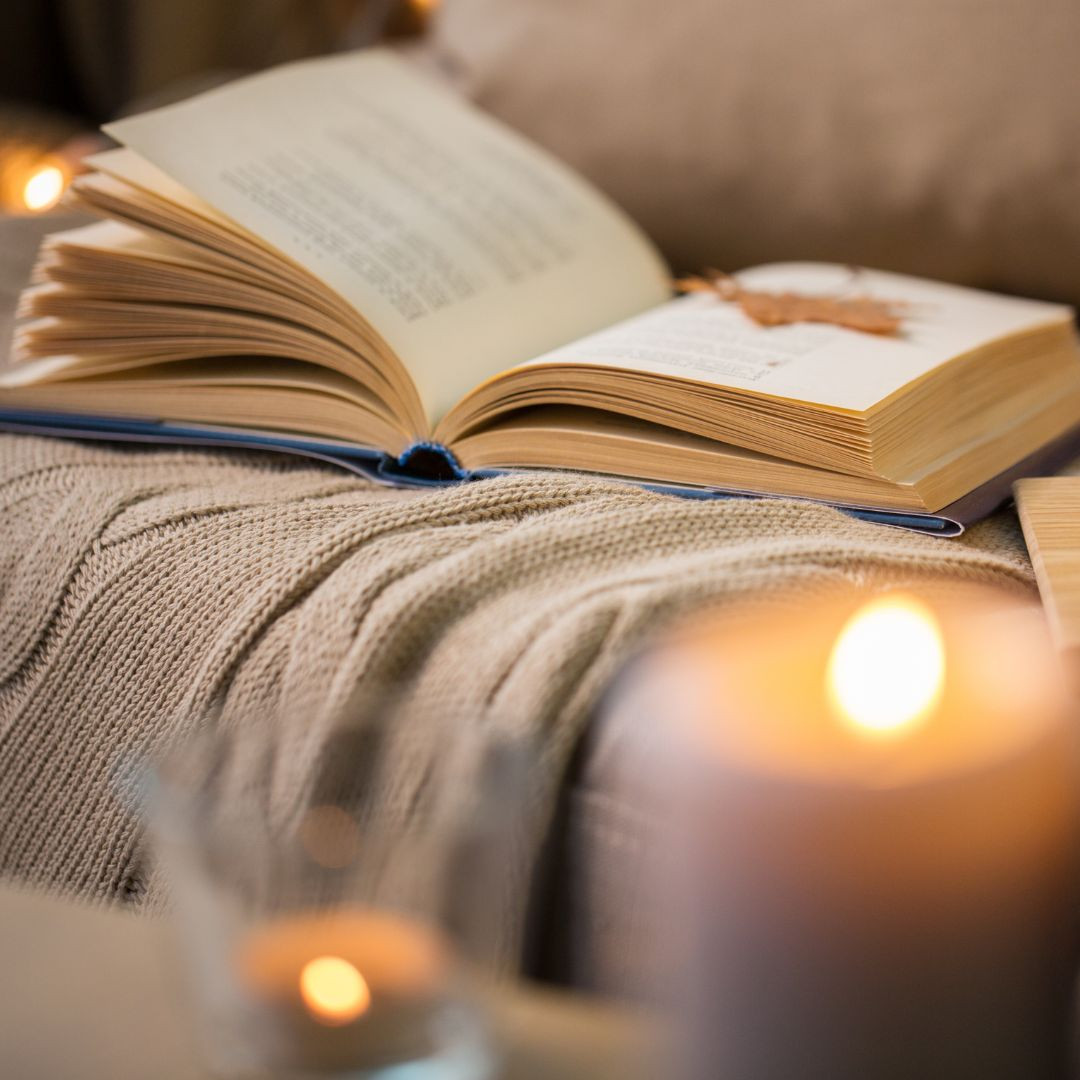

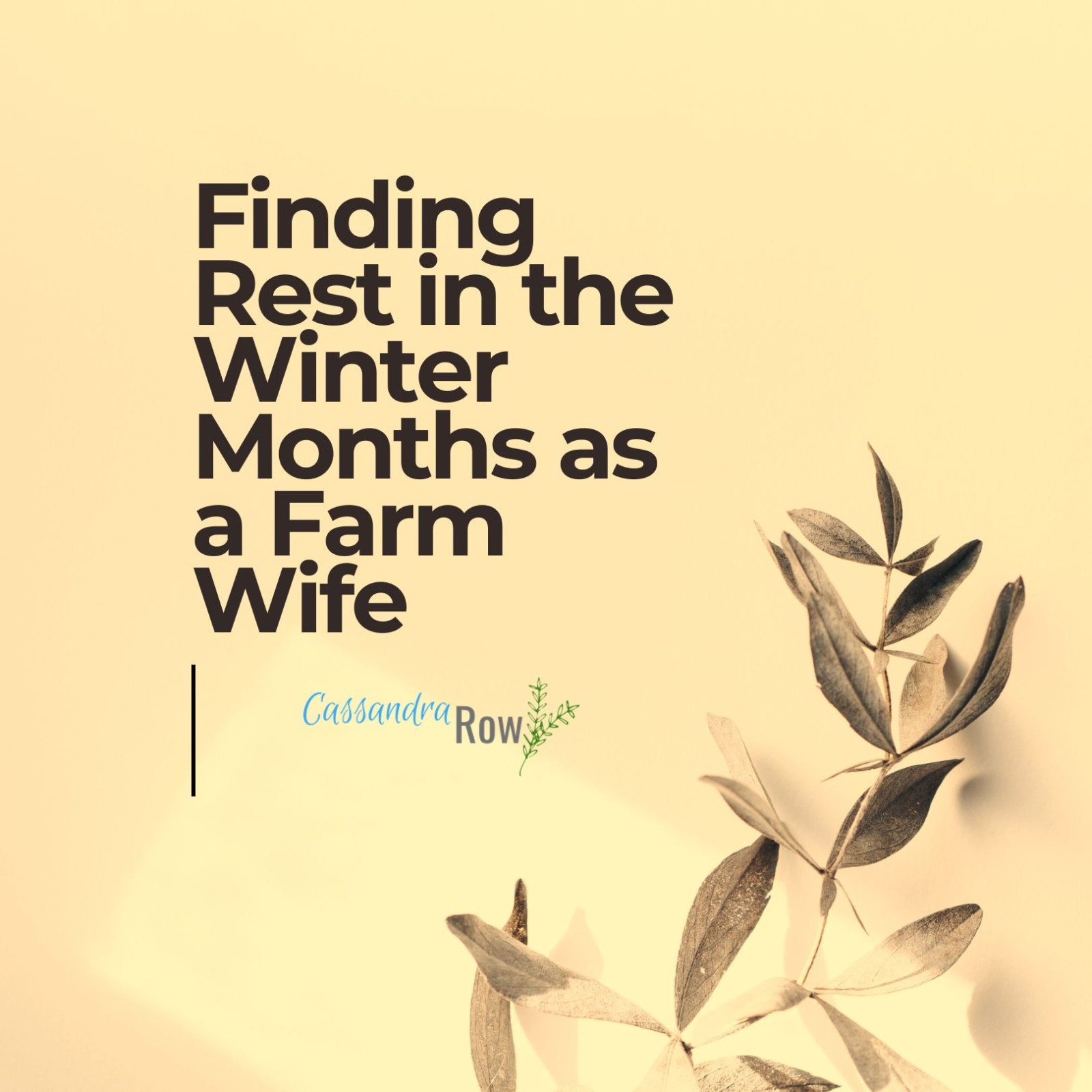
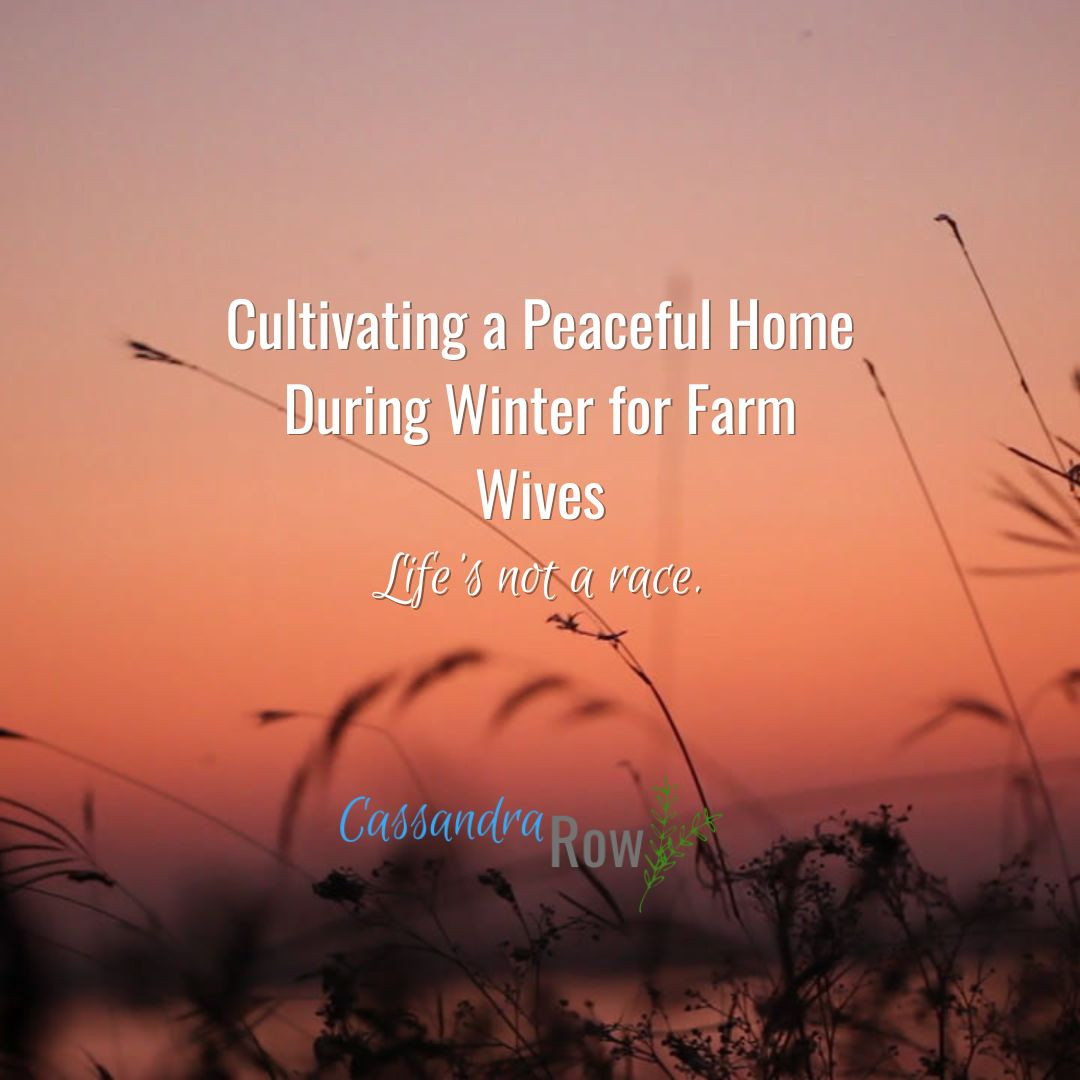
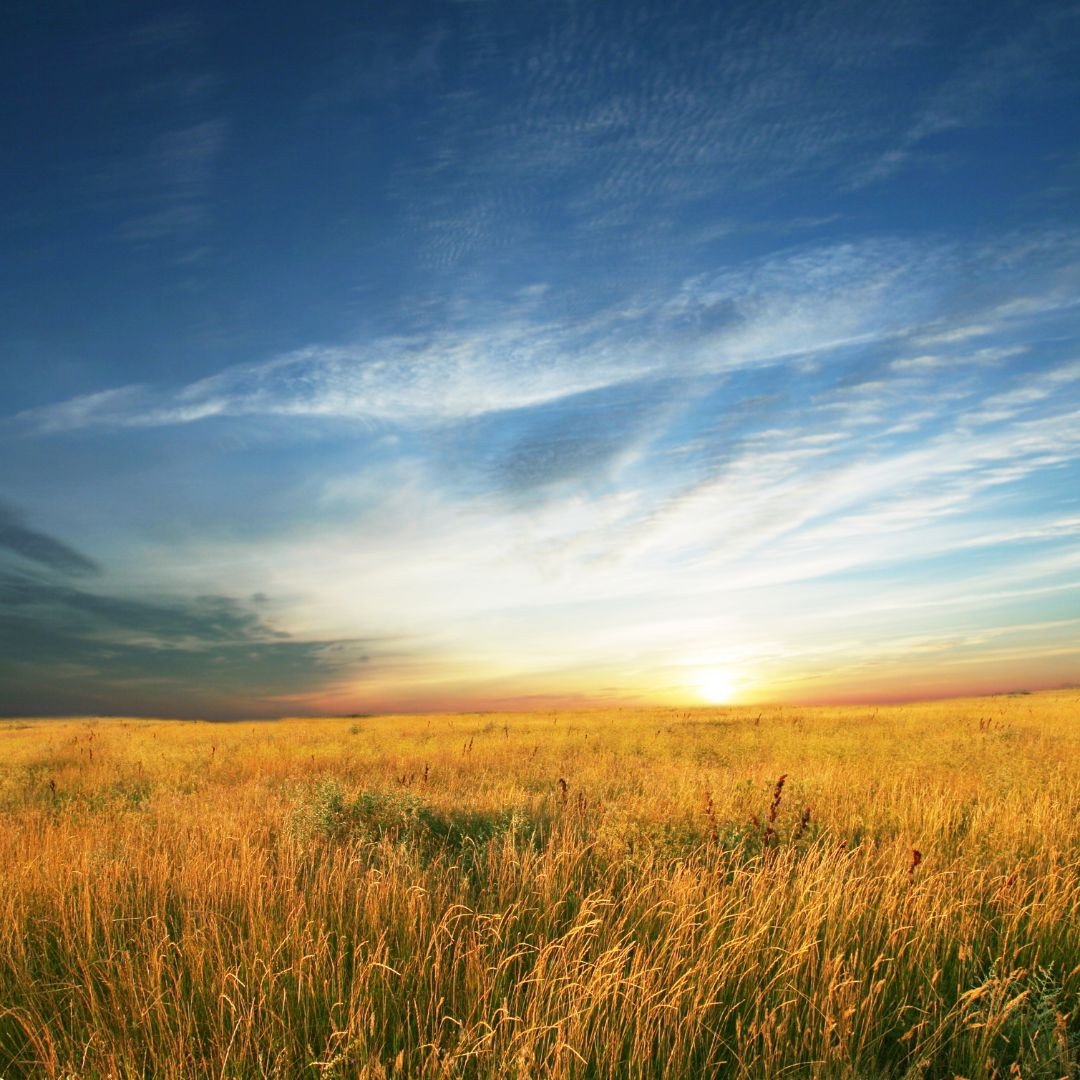
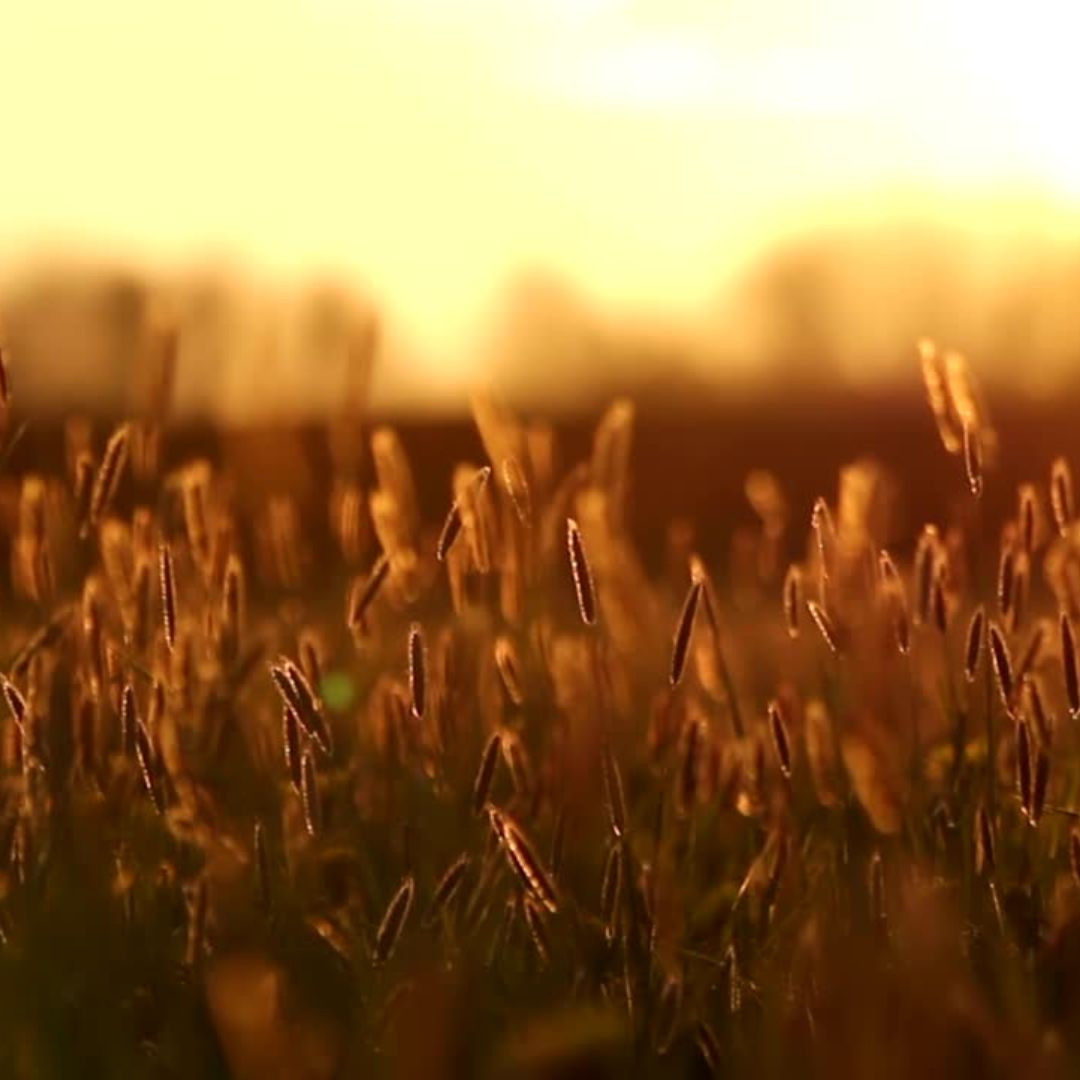
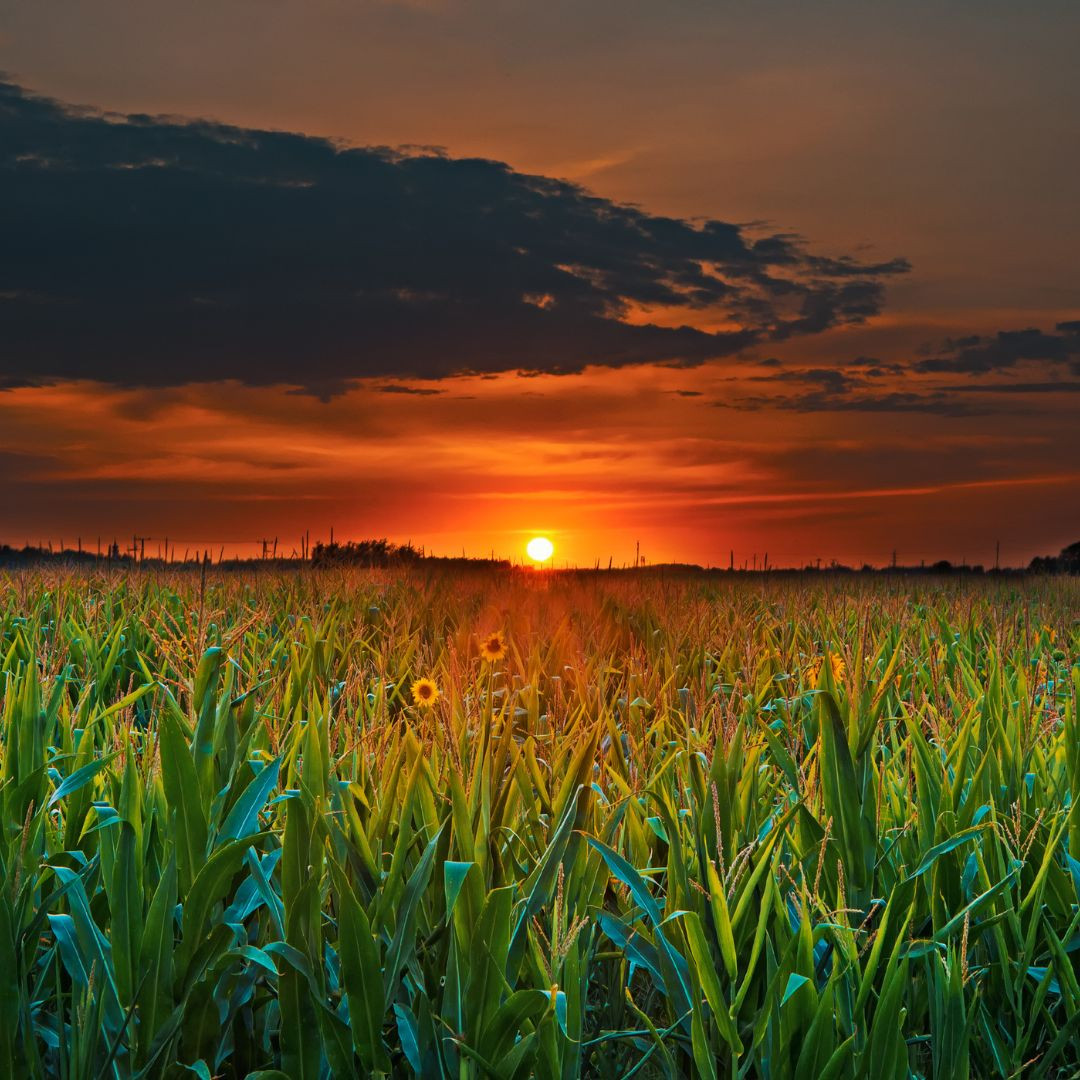
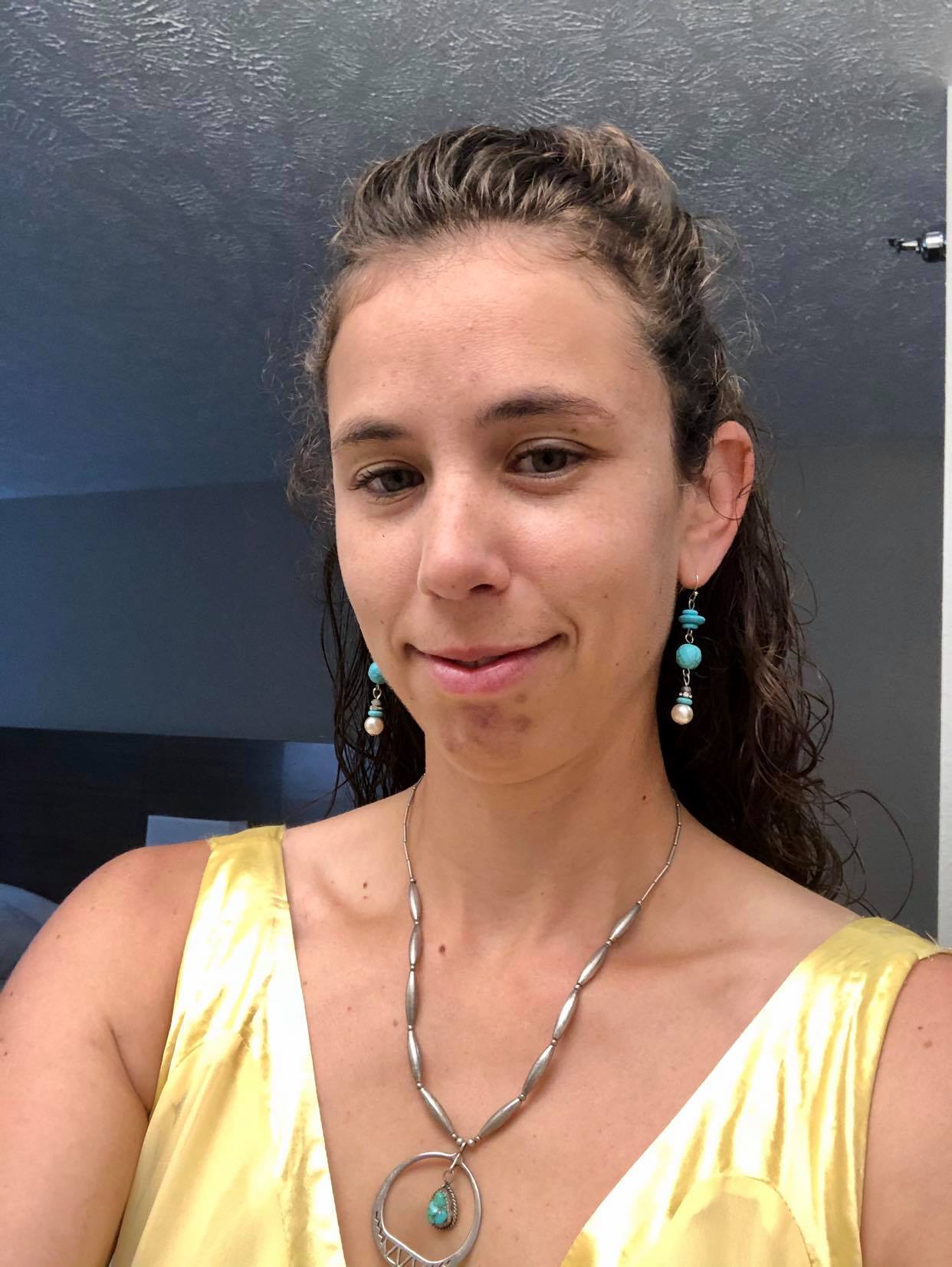
0 Comments